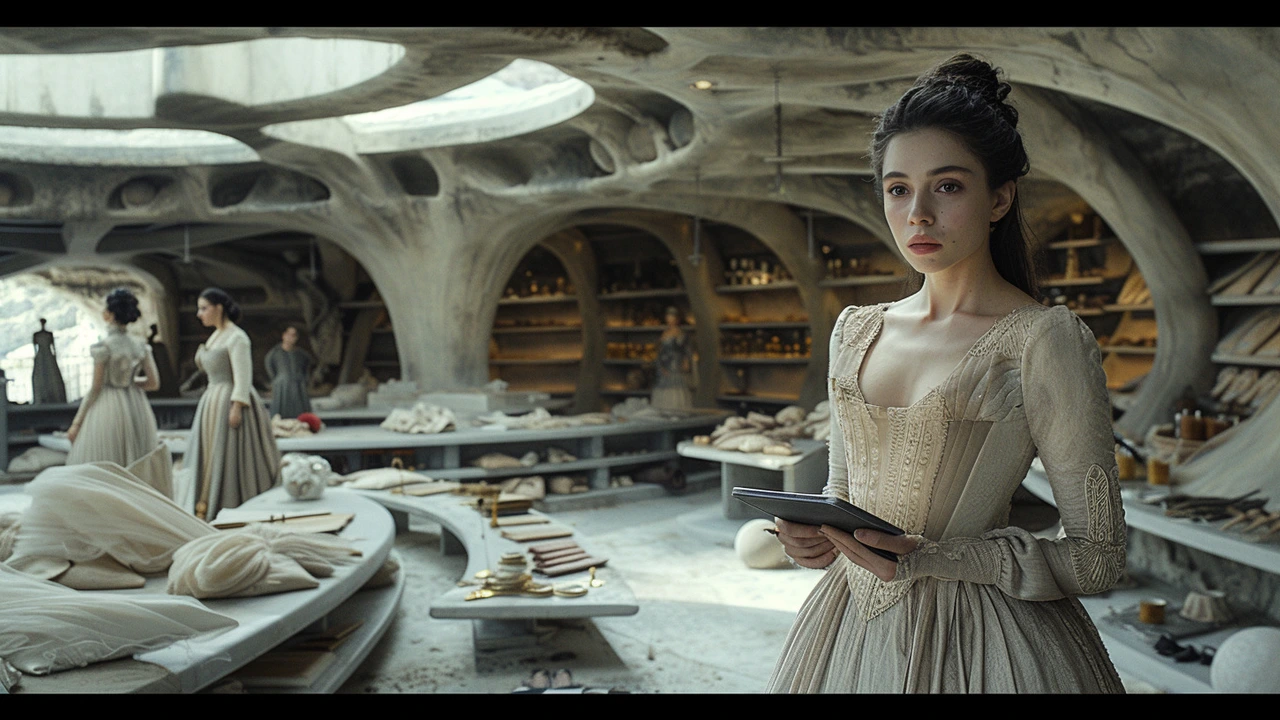Enduring Allure: Why some art movements never fade
Some styles keep showing up everywhere—Bauhaus furniture in your living room, Baroque drama in movie scores, photorealism in gallery shows. That repeating presence is the "enduring allure": certain ideas and looks grab our attention and stick. This page pulls together posts that explain how those movements work and how you can see or use them in real life.
Why certain styles last
Durability often comes from usefulness or emotion. Bauhaus lasted because its clean shapes solved real design problems—simple chairs, practical lamps, even app layouts borrow its rules. Baroque lasts because it stirs feeling: dramatic light, big gestures, strong contrast. Movements like Fluxus or Land Art last for different reasons: they break rules and make people rethink what art is, so those ideas keep popping up when culture needs a shake-up.
Some movements survive by adapting. Photorealism and hyperrealism update old skills with new tools and techniques. Futurism shows up in smart city planning and video games. The Harlem Renaissance still feeds music, literature, and identity work. When a style can move into a new medium or solve a new problem, it finds a second life.
How to spot and use enduring art in daily life
Want to recognize these trends quickly? Look for a few simple clues. For Bauhaus and De Stijl: grid-based layouts, primary colors, and minimal ornament. For Baroque and Gothic influence: dramatic contrast, movement, and theatrical scale—often in film scores or architecture. Photorealism shows extreme detail and lighting; installation art uses space and viewer interaction. Fluxus shows humble materials and playful performance. Ukiyo-e influences appear in bold outlines and classic motifs—especially in tattoo art.
Practical ideas: swap a lamp or chair for a Bauhaus-style piece to simplify a room. Use Baroque-style music to pump up atmosphere at a dinner or film night. If you design something—posters, websites, interiors—borrow De Stijl’s grid to make things read cleaner. Visit parks and plazas and look for land art cues: large scale, natural materials, or earth-shaped forms. If you like experimentation, follow Fluxus or installation art posts to get tips on making quick, low-cost pieces that change a room.
Each article tagged "Enduring Allure" on this site gives short, useful angles—history, modern examples, and hands-on tips. Scan pieces on Bauhaus, Photorealism, Futurism, Fluxus, and the Harlem Renaissance to see how each movement translates into objects, music, city design, or even tattoos. Pick one idea, try it at home, and notice how it changes what you notice in public spaces and media.
Want a quick next step? Pick one post below that matches your interest—design, history, or practical decor—and try one small change inspired by it. You'll start spotting the Enduring Allure everywhere in no time.

